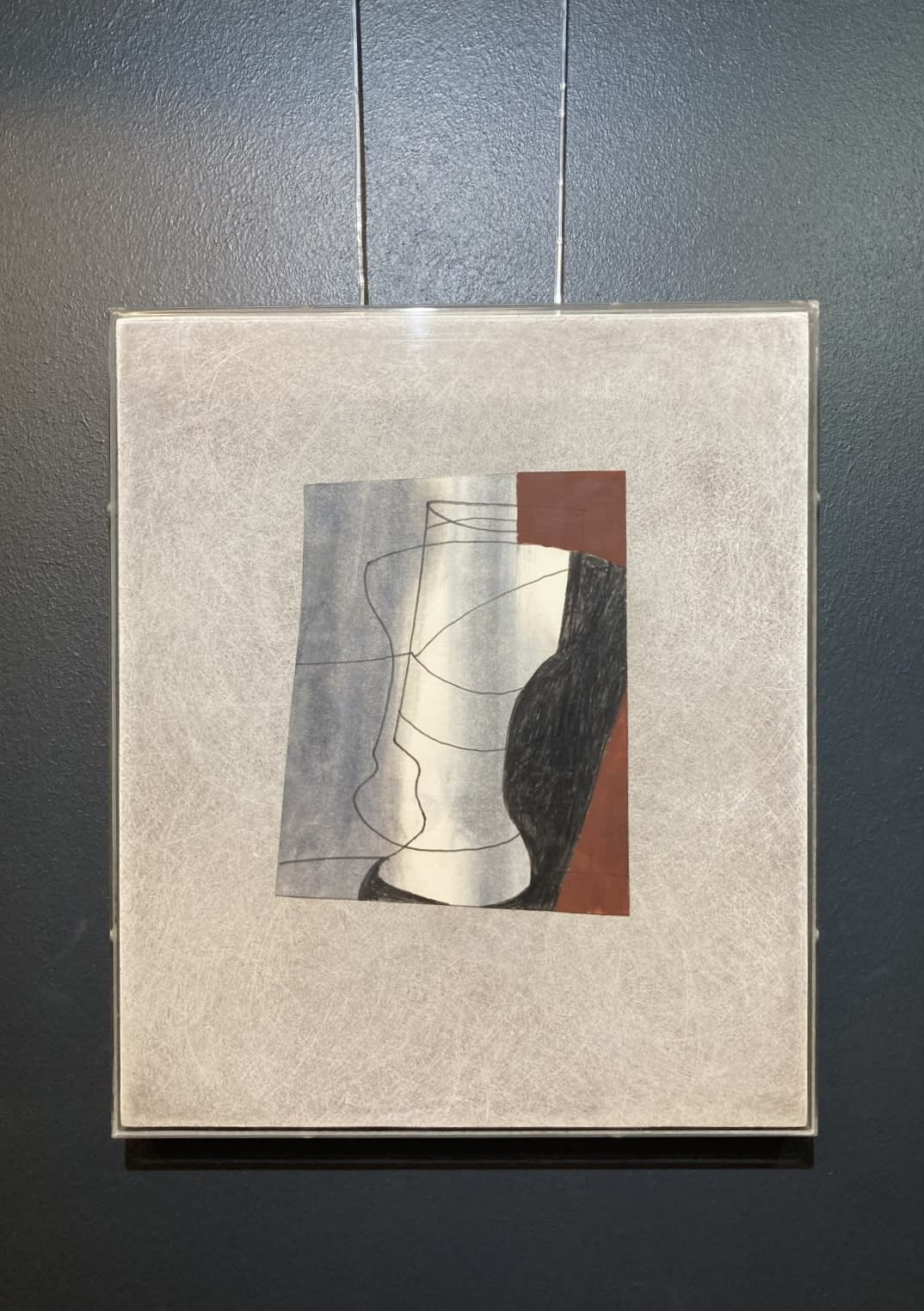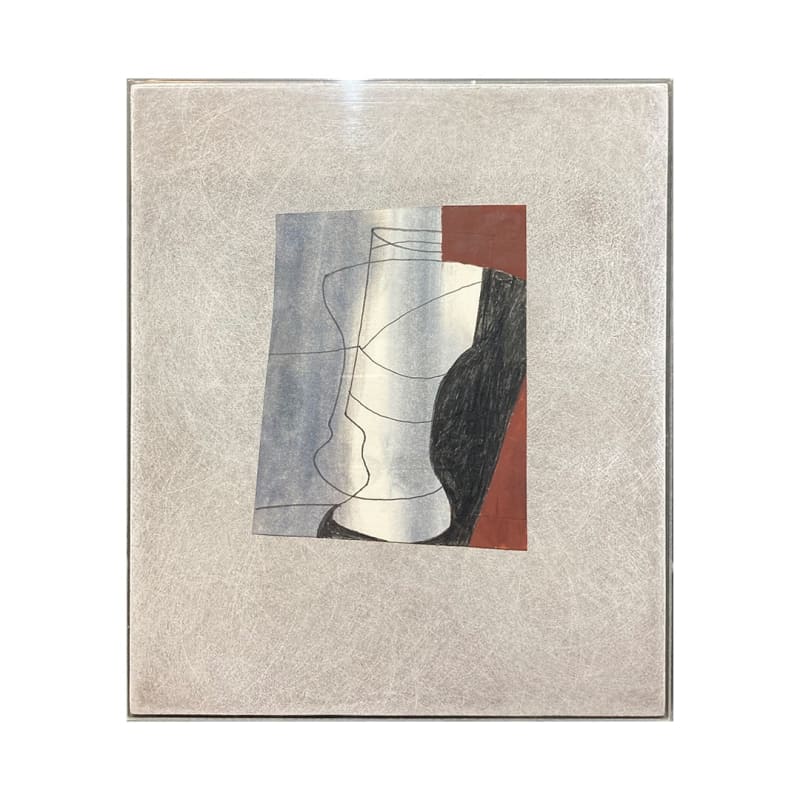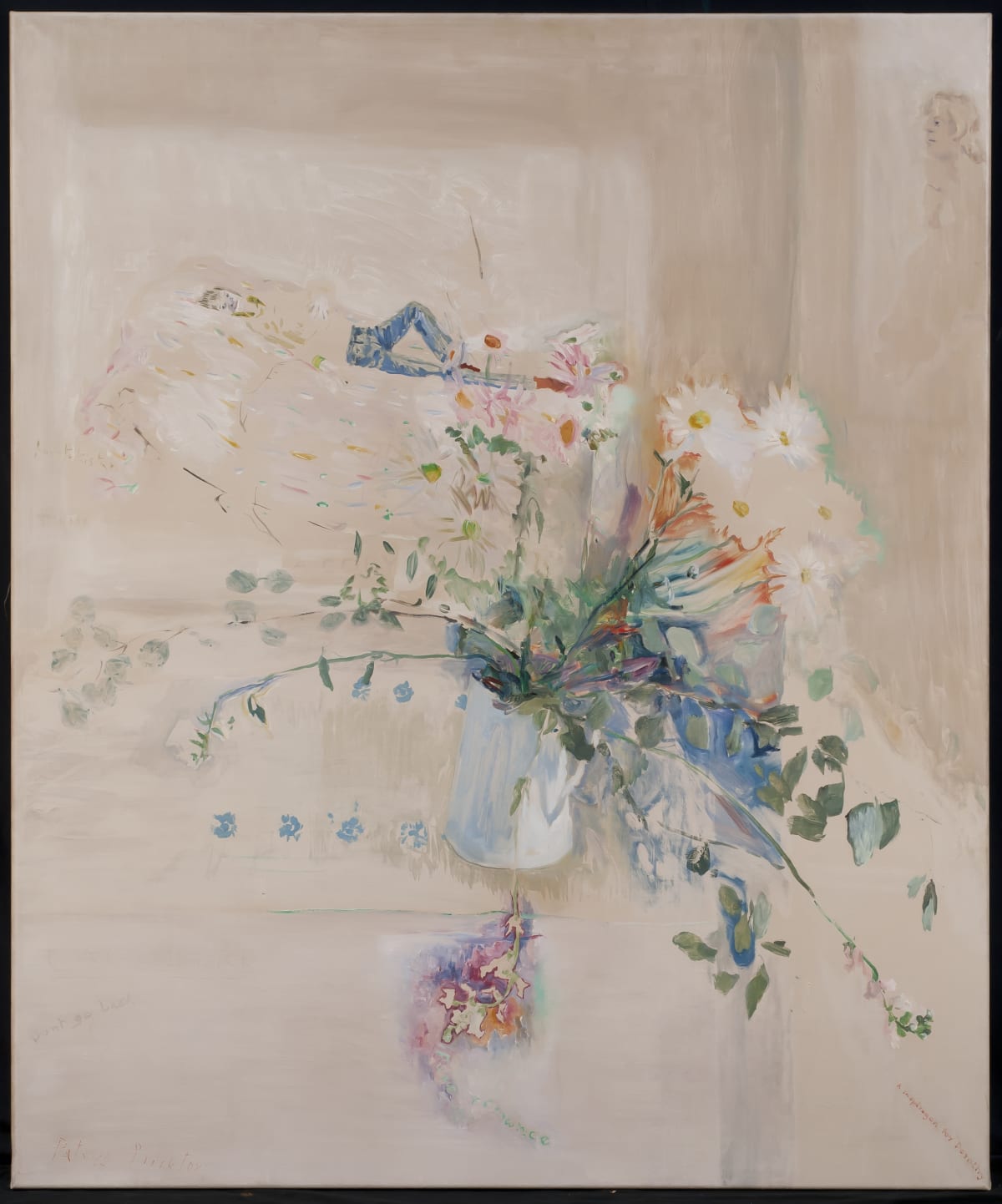Ben Nicholson 1894-1982
-
Ben Nicholson was a pioneering British modernist known for his masterful abstraction and subtle yet powerful compositions. Emerging in the early 20th century, his work evolved from early still-life paintings to a distinctive style of geometric abstraction, often characterised by textured, layered reliefs in muted tones. Influenced by European avant-garde movements, particularly Cubism and Constructivism, Nicholson developed a language of pure form and balance, using clean lines and carefully constructed spatial relationships.
His work often exudes a quiet, meditative quality, reflecting an interest in simplicity and harmony. Nicholson’s connection to St Ives, a hub for modern British art, further shaped his aesthetic, blending international modernism with a sensitivity to light, landscape, and structure. His pieces, whether deeply abstract or subtly figurative, remain timeless in their elegance and restraint.
-
Works
Ben Nicholson 1894-1982
Black and Brown, 1981Oil, Ink and Wash on Paper29.2 x 24.7cm unframed
29.5 x 25cm framedCopyright The ArtistFurther images
‘Black and Brown’ is a remarkable painting created by the renowned British artist Ben Nicholson. Completed in 1981, this artwork is a beautiful example of Nicholson's distinct style and his...‘Black and Brown’ is a remarkable painting created by the renowned British artist Ben Nicholson. Completed in 1981, this artwork is a beautiful example of Nicholson's distinct style and his contribution to the modernist movement.
At first glance, "Black and Brown" captivates the viewer with its simplicity and elegant composition. The painting consists of geometric shapes and intersecting lines, meticulously arranged on a flat surface. Nicholson's deliberate use of a limited colour palette enhances the overall impact of the piece.
The dominant colours in "Black and Brown" are, as the title suggests, black and brown. These colours create a sense of depth and dimension, despite the flatness of the composition.
Nicholson's approach to abstraction is evident in "Black and Brown." He reduces the subject matter to its essential elements, stripping away unnecessary details and focusing on the interplay of shapes, lines, and tone. The forms in the painting are carefully balanced, both in terms of their placement and size, resulting in a harmonious and visually pleasing composition.
The use of geometric shapes, particularly squares and rectangles, is a recurring motif in Nicholson's work, and "Black and Brown" is no exception. These shapes are precisely delineated and interconnected, creating a sense of rhythm and structure within the painting. The sharp edges and clean lines contribute to the overall sense of order and balance.
Provenance
Signature on reverse of paper
Exhibitions
Ben Nicholson New Work, Waddington Galleries - Opened 3rd March 1982
Ben Nicholson From the Studio Pallant House Gallery - Opened 26th June 2021 to 21st October 2021
Publications
Ben Nicholson New Work Catalogue, n.30, 1982
Ben Nicholson: From the Studio, p.92, 20214of 4BiographyNicholson's earliest paintings were still lifes influenced by those of his father. In the 1920s he began painting figurative and abstract works inspired by Post Impressionism and Cubism. He produced his first geometric and abstract reliefs in 1933. He first exhibited in 1919, at the Grosvenor Gallery and Grafton Galleries. His first one-man show was held at the Twenty-one Gallery, London in 1924. From 1924 to 1935 he was a member of the Seven and Five Society, and in 1933 he joined Unit One, founded by Paul Nash. In 1937 Nicholson, Naum Gabo and the architect Leslie Martin edited Circle: International Survey of Constructive Art. Circle identified Nicholson with a group of like-minded artists and architects who wanted to apply 'constructivist' principles to public and private art, advocating mathematical precision, clean lines and an absence of ornament.
ExhibitionsFAQs
Ben Nicholson (1894–1982) was a British modernist painter and one of the most influential artists of the 20th century. He played a crucial role in shaping abstract art in Britain, moving from figurative still-life paintings to geometric abstraction. His early work was influenced by Cubism and Post Impressionism, while his later pieces often featured layered reliefs, creating a sense of depth and structure. Nicholson was closely associated with the modernist movement in St Ives, Cornwall, where he lived for several years. His work is known for its refined simplicity, balance, and sensitivity to form.
Nicholson was influenced by several modernist movements, particularly Cubism, Constructivism, and Abstract Art. Early in his career, he experimented with still-life compositions that reflected the structured approach of Cubist artists like Picasso and Braque. Later, he developed a distinctive form of geometric abstraction, inspired by European artists such as Piet Mondrian and Naum Gabo.
Nicholson used a range of materials throughout his career, adapting his techniques as his style evolved. In his early still-life paintings, he worked with oil paint on canvas, often depicting simple objects with bold outlines and subtle colour variations. As he moved towards abstraction, he became known for his painted reliefs, such as wooden panels carved and layered to create geometric forms. These were usually painted in muted tones, especially white, to emphasise their interplay of light and shadow. Later in life, he also explored printmaking, producing striking etchings and lithographs.
St Ives, Cornwall, played a significant role in shaping Nicholson’s artistic vision. Moving there in 1939 with his then-wife, sculptor Barbara Hepworth, he became part of a thriving community of modernist artists. The town’s rugged coastline, ever-changing light, and unique atmosphere influenced his approach to abstraction. While his work remained rooted in geometric composition, it absorbed a sense of space, tranquillity, and natural rhythm inspired by the Cornish landscape. St Ives also connected him to artists like Naum Gabo and younger British modernists, reinforcing his role as a leading figure in the movement.
Ben Nicholson’s artworks can be found in various locations, including museums, private collections, and specialist galleries. While many major art institutions house his work, one of the best places to explore and acquire Nicholson’s pieces is Contemporary Six, a leading gallery specialising in modern British art. This gallery offers a carefully curated selection of Nicholson’s prints, paintings, and reliefs, providing collectors and enthusiasts with access to his distinctive style.










